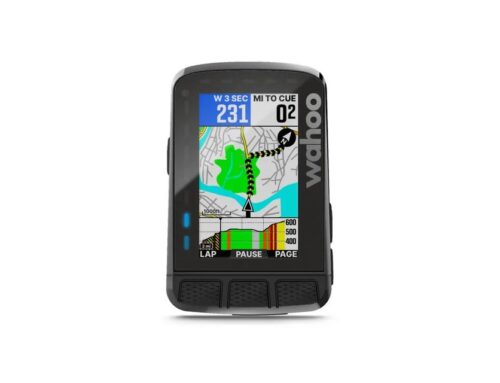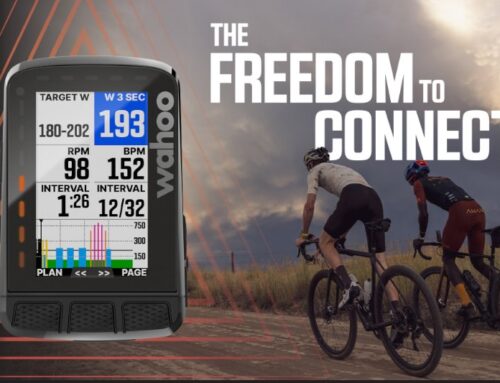Introduction to Wearables in Cycling Training
Recently, wearables in cycling training have shifted from accessories to essential tools. They provide valuable data like heart rate, sleep quality, and nutritional balance.
By using this data, cyclists understand their bodies' responses better. This knowledge tailors training regimes, improving results and reducing injury risks.
Wearables in Cycling: Heart Rate Monitoring
Heart rate monitoring is vital in cycling training. It ensures training within correct intensity zones, avoiding overtraining or undertraining.
Continuous heart rate data over time paints a clear cardiovascular fitness picture. This data fine-tunes training plans to meet endurance and performance goals.
Sleep Tracking for Recovery
Sleep is crucial for recovery. Wearables offer insights into sleep quality and quantity, impacting training and performance.
By analyzing sleep data, athletes make informed training decisions. This ensures adequate recovery and readiness for upcoming challenges.
Nutrition Monitoring with Wearables
Nutrition drives performance. Wearables tracking nutritional intake ensure a balanced diet for optimal performance and recovery.
Analyzing nutritional and training data gives a holistic energy expenditure view. This supports more effective, personalized nutrition and training plans.
Training Load and Stress Balance Analysis
Balance between training load and stress is crucial. It prevents overtraining, promoting optimal performance.
Monitoring these parameters allows for training plan adjustments. It helps avoid overtraining pitfalls while pushing towards performance goals.
Performance Analysis through Wearables in Cycling
Wearables are key in cycling performance analysis. They offer data on speed, cadence, and power output.
By analyzing this data, cyclists identify strengths and weaknesses. A targeted training approach yields better performance outcomes.
Route Mapping and Navigation
Modern wearables have GPS and mapping features. These tools help cyclists explore new routes and track rides.
Route data analysis aids in training session planning. It challenges and improves a cyclist’s skills progressively.
Community Interaction and Wearables in Cycling
Wearables foster a cycling community sense. They offer social features for data sharing, challenges, and global interaction.
This social interaction adds a motivational training factor. It makes fitness goal pursuit more engaging and enjoyable.
The Future of Wearables in Cycling Training
Technology advances will evolve wearables' role further. More sophisticated sensors and analytics tools will emerge.
Integration of AI and machine learning with wearables will offer predictive insights. This makes training more efficient and effective.






